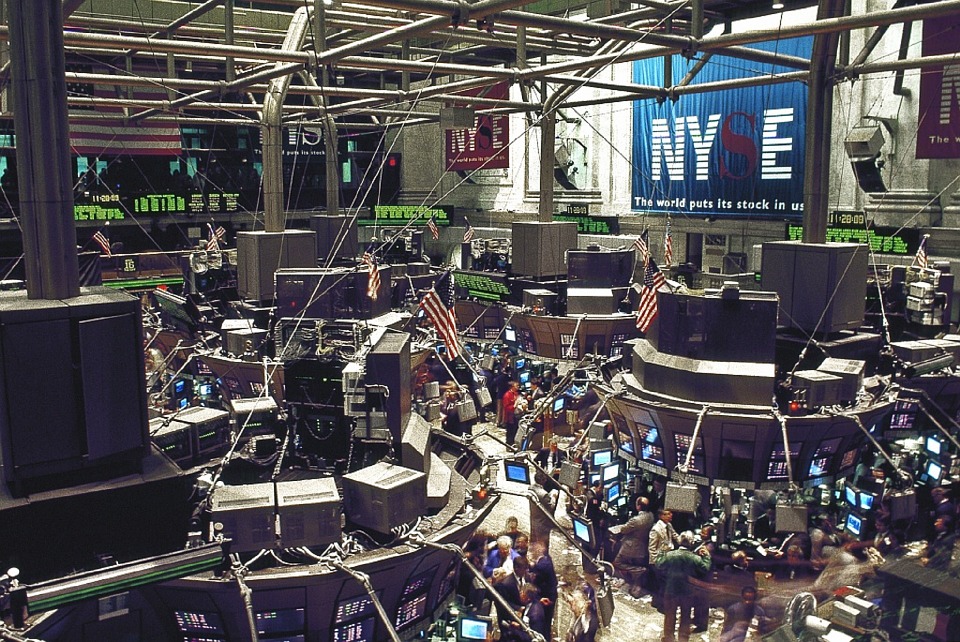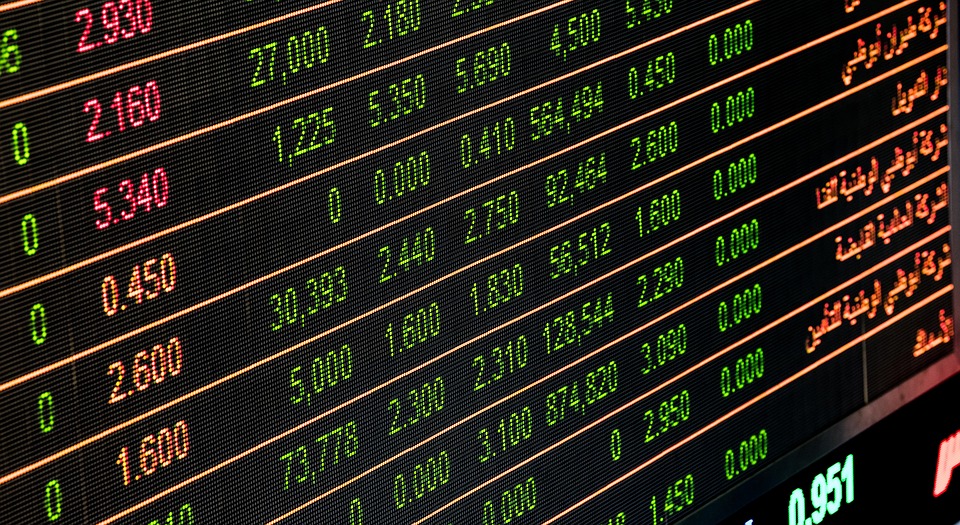
글로벌 인수합병(M&A) 시장에서 기업 M&A에 따른 손실이 확대되고 있는 것으로 나타났다. 금융위기 이후 시장 상황이 최악에 달하고 있다는 평가도 나온다. 지난해 전 세계의 M&A 관련 손실은 1550억 달러(약 182조 원)로 전년 대비 66% 증가, 2008년 금융위기 이후 최대를 기록했다.
니혼게이자이신문이 지난 19일 자매 금융정보 서비스 퀵(QUICK) 팩트세트 데이터베이스로 금융업을 제외한 세계 3만6600개사를 대상으로 분석한 결과다.
22일 M&A업계에 따르면 니혼게이자신문은 상반기 기업의 M&A 손실금액이 증가한 원인으로 글로벌 경제 상황이 좋지 않은 점을 우선 꼽았다. 미중 무역마찰 등의 영향으로 경기가 둔화하면서 인수한 기업의 실적이 기대에 미치지 못했다는 것이다.
M&A 대상 기업의 높은 가격제시로 손실의 주 요인이 되는 브랜드료 등 무형자산은 누적 7조 달러 이상에 달해 손실이 더 커질 수 있다고도 우려했다.
브랜드료는 인수대금에서 상대기업의 순자산 가치를 초과하는 것을 말한다. 인수기업의 자산이 되지만 해당 기업의 실적이 악화되면 자산가치를 떨어뜨려 손실로 계상된다. 회계상의 손실이기 때문에 현금이 빠져나가지는 않지만 자기자본이 줄어들어 신용등급 저하나 자금조달 비용 상승을 초래, 기업의 설비투자를 저해하는 등의 나쁜 영향을 미칠 수 있다.
업체별로 보면 브랜드료 등 무형자산 손실이 가장 큰 기업은 미국 GE로 220억 달러의 감손을 기록했다. 과거 인수한 프랑스 에너지 사업의 수익성이 나빠져 작년 말 결산에서 230억 달러의 최종 적자를 냈다. 아일랜드의 제약회사인 앨러간, 스위스 로슈 홀딩, 독일 바이엘 등도 20억 달러 정도의 감손을 계상했다.

국가별로 보면 중국의 손실금액이 컸다. 중국의 경우 산업기계 메이커와 반도체 장비, 게임 소프트 업체 등의 중소 규모 감손이 많았다. 지난해에 170여개에 달한 1억~10억 달러 감손계상 기업의 40%를 중국 기업이 차지했다.
지난해 세계 전체의 M&A는 약 3조8000억 달러에 달했다. 인수대금은 인수기업 이익(EBITDA. 이자·세금·감가상각전 이익)의 14.7배에 달했다. M&A 과열로 지적된 2007년의 14.1배를 웃도는 수준이다.
2008년에는 브랜드료 감손이 2300억 달러에 달했다. 금융위기의 영향으로 글로벌 경제침체로 인해 기업의 순이익이 40% 정도나 감소할 정도로 경영실적이 악화했다. 현재는 세계 경제둔화가 우려되고 있지만 상황이 당시만큼 나쁘지는 않다. 하지만 감손이 급격히 늘어난 건 실제보다 비싼 M&A가 증가한 것이란 게 니혼게이자이의 지적이다.
니혼게이자이는 금융시장이 불안해 지거나 기업의 경영실적이 크게 악화하면 M&A 관련 손실이 더 커질 가능성이 있다고도 전망했다.
M&A업계 한 관계자는 "금융위기 상황보다 글로벌 경제상황이 좋은 상황에서도 M&A에 따른 손실금이 커지고 있다는 것은 시장이 그만큼 과열돼 있다는 의미"라며 "최근 미중간 무역분쟁 여파, 불안한 유럽증시 등의 불확실성 증대로 인한 여파가 확대될 경우 M&A관련 손실금액은 더욱 늘어날 수 있을 것"이라고 말했다.
[M&A] The worst since the global M&A market crisis...Estimated amount of loss of 182 trillion won

Losses from corporate M&As are widening in the global M&A market, a report showed Tuesday. Some say that the market situation has been at its worst since the financial crisis. M&A-related losses worldwide reached 155 billion U.S. dollars last year, up 66 percent from a year earlier and the largest since the 2008 financial crisis.
Nihon Keizai Shimbun analyzed 36,600 companies in the world, excluding the financial industry, through its sister financial information service Quick (QUICK) fact set database on Wednesday.
According to the M&A industry on Tuesday, the Nihon Keizai Shimbun cited poor global economic conditions as the reason for the increase in the amount of M&A losses for companies in the first half of the year. The report said that the performance of companies acquired did not meet expectations as the economy slowed down due to the impact of U.S.-China trade friction.
He also expressed concern that the high price offering of companies subject to M&A could lead to more than $7 trillion in accumulated intangible assets, including brand fees, which are a major factor in losses.
Brand price refers to the excess of the net asset value of the other entity in the acquisition price. An asset is an asset of the acquisition company, but if the entity's performance deteriorates, the asset value is depreciated and is counted as a loss. It is an accounting loss, so cash does not escape, but its equity capital can be reduced, causing a credit rating cut, raising financing costs and hurting corporate investment in facilities.
By company, GE was the U.S. company with the largest loss of intangible assets, including brand fees, with a loss of $22 billion. The profitability of the French energy business, which it acquired in the past, worsened, resulting in a final deficit of $23 billion in settlement at the end of last year. Irish pharmaceutical company Allergan, Switzerland-based Roche Holding and Germany-based Bayer also reported losses of around $2 billion.
By country, China's losses were huge. In the case of China, there were many small- and medium-sized losses in industrial machinery makers, semiconductor equipment and game soft companies. Chinese companies accounted for 40 percent of the $100 million to $1 billion loss account, which amounted to 170 last year.
Last year, the world-wide M&A reached about $3.8 trillion. The proceeds from the acquisition amounted to 14.7 times the profits of the acquisition company (EBITDA, before interest, tax, and depreciation). The figure is more than 14.1 times higher than in 2007, which was cited for the overheating of M&A.
In 2008, loss of brand fees reached $230 billion. Due to the impact of the financial crisis, the company's business performance has deteriorated to the point that its net profit has declined by as much as 40 percent due to the global economic downturn. The situation is not as bad as it was at the time, although there are concerns about a global economic slowdown. However, Nihon Keizai points out that the sharp increase in losses is due to the increase in M&A, which is more expensive than in real life.
Nihon Keizai also predicted that if financial markets become unstable or if companies' business performance worsens significantly, M&A-related losses are likely to increase.
"The fact that losses from M&As are growing even in better global economic conditions than the financial crisis means that the market is overheating," an M&A industry source said. "If the fallout from the recent increase in uncertainties such as the trade dispute between the U.S. and China, and the unstable European stock market, the amount of M&A-related losses could increase even more."


